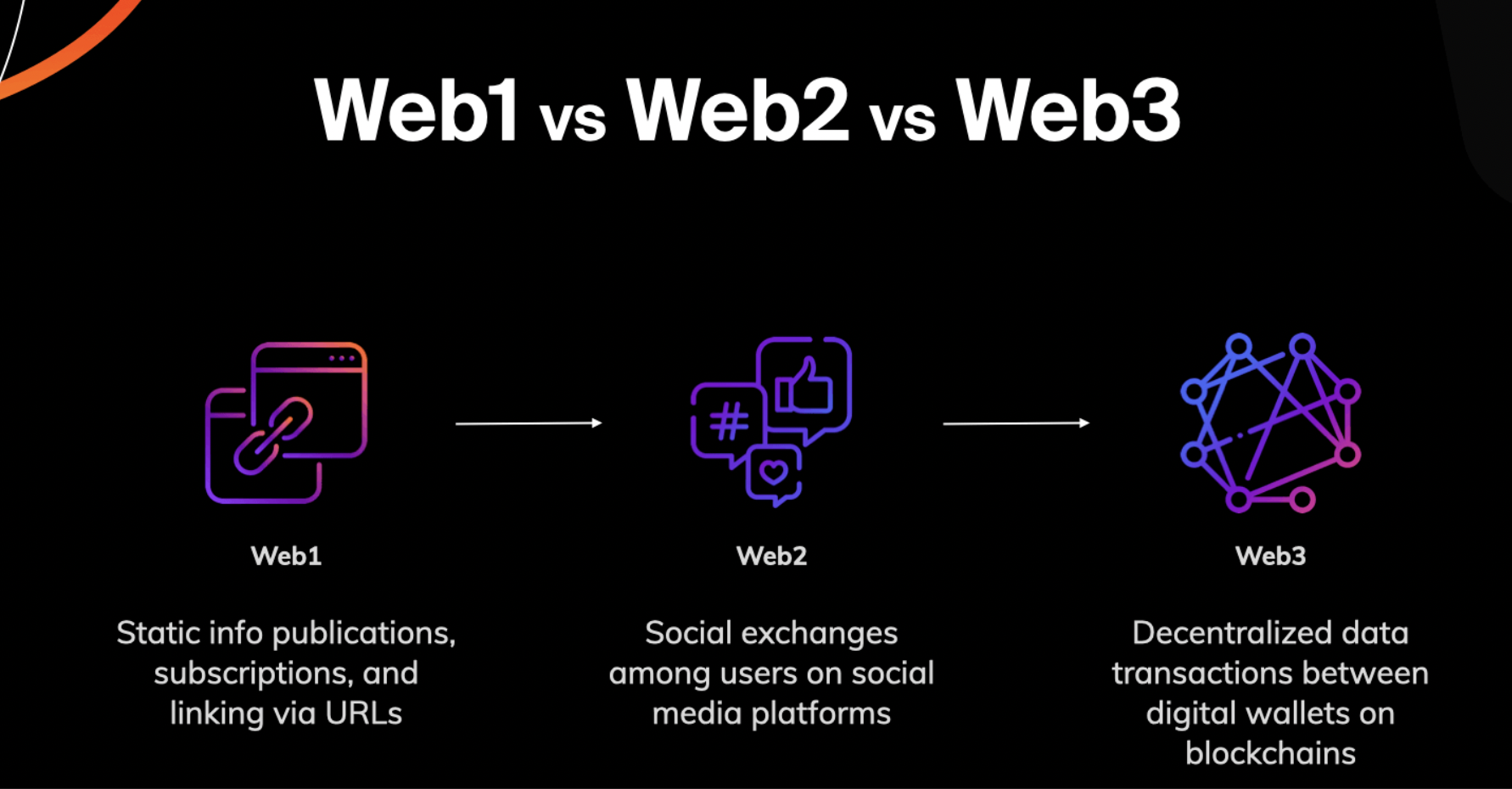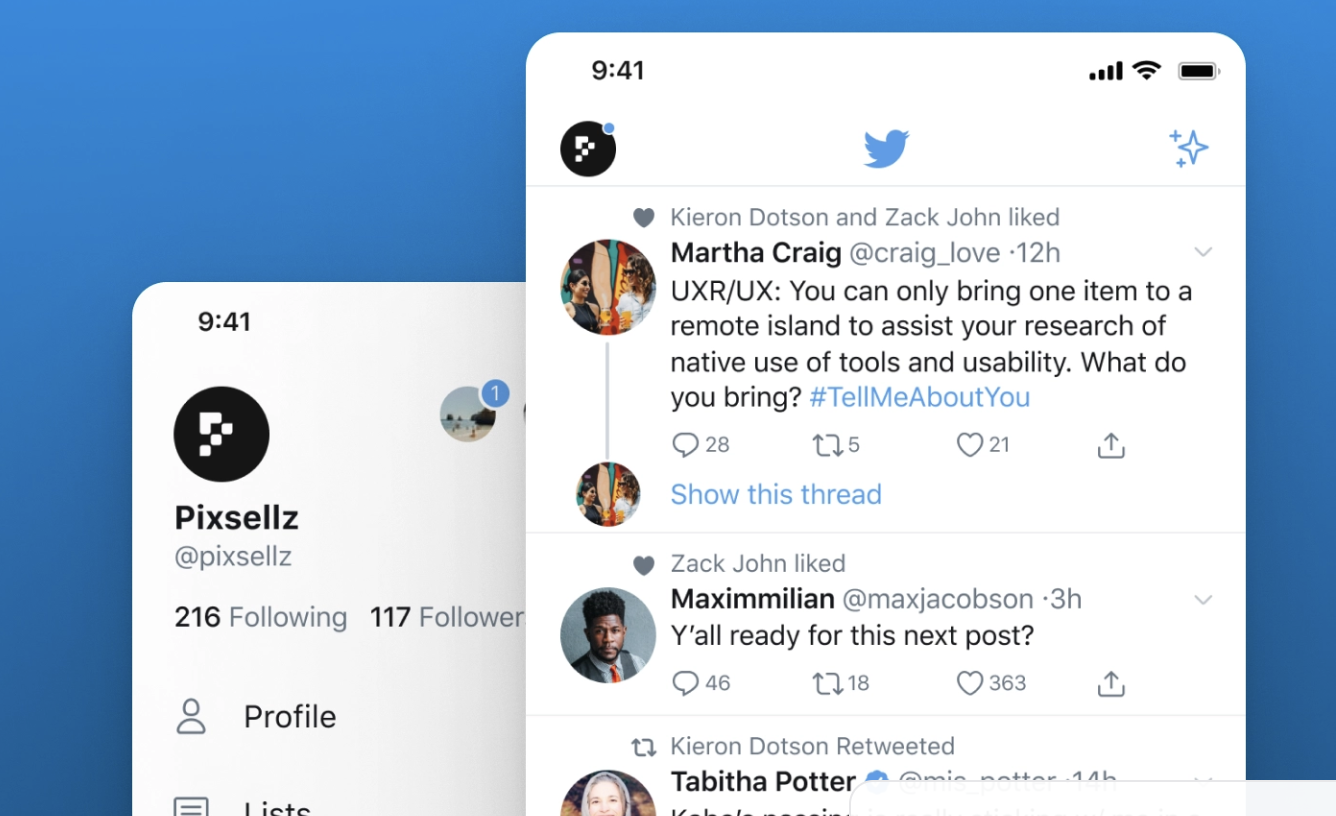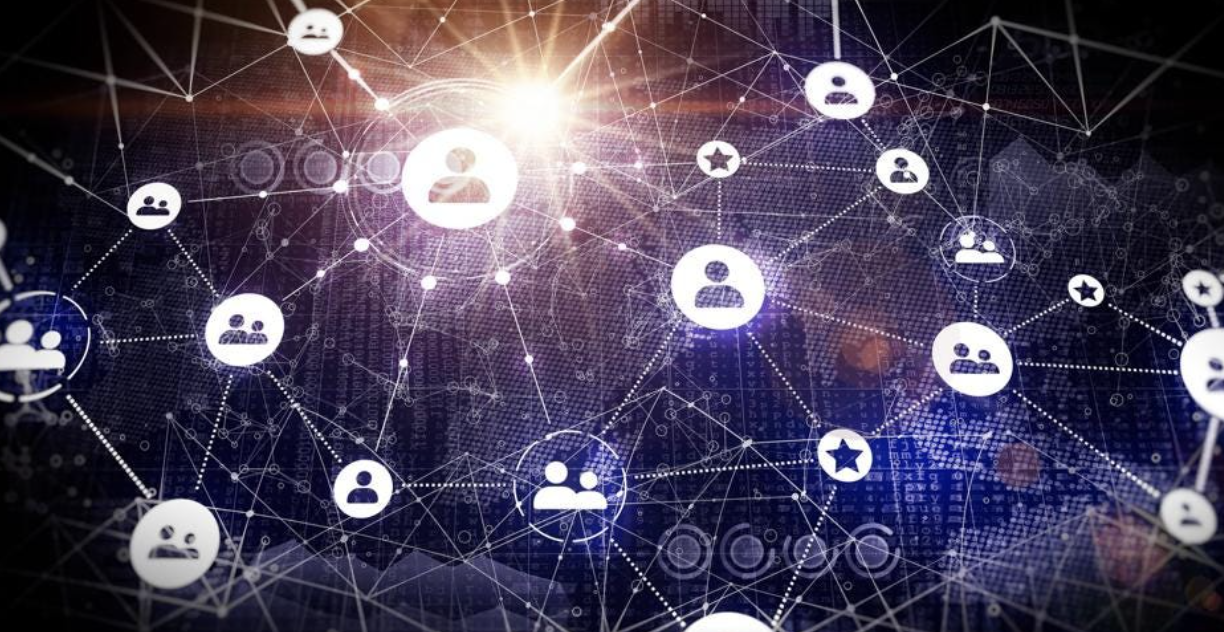
What Is The Difference Between Web1, Web2, and Web3?
Web3 is here!
While many people worldwide are excited about what Web3 has to offer, countless others are still confused about what is Web3 and how it will change the world. To truly understand Web3, we must first define the differences between Web1, Web2, and Web3. Earlier this year, a survey of U.S. online consumers concluded that only 13% “knew” what Web3 was, with 54% of respondents claiming they had never heard the term.
Some of you might remember back in the 1990s when the media called the Internet “the information superhighway,” with some experts and media outlets skeptical about how much it would transform the world. Years later, it’s safe to say that the Internet has changed how human beings communicate, interact, shop, and keep in touch with loved ones.
What is Web3? If Web3 is the future, what exactly was Web1 and Web2, in that case? Here, we’ll look at how the Internet has evolved and the differences between each iteration of the world-wide-web.
What is Web1?

If you grew up during a time when social media was everywhere, you might not quite remember what the early Internet looked like. Essentially, the Internet served as a directory of information. A few people created content that many others would read, and it was used primarily for looking up information and searching through data.
You can think of Web1 as a content delivery system focused on showcasing information rather than anything else. That’s why Web1 is often called the “read-only” web. While URL linking existed at this point, most of the Internet during this time consisted of static pages. There was also pretty much zero user-to-user interaction during this time.
There is some debate about the era of Web1, but many define Web1 as the years between 1989 and 2004.
What is Web2?

Web2, or Web 2.0, marks an era where users could be more active online participants. Of course, this era is defined by the rise of social media platforms like Myspace, Facebook, Twitter, and Instagram. You are currently using Web 2.0 right now!
Now, for the first time, users can write AND read, and platforms are focused more on building communities rather than just delivering read-only content. The Web 2 era is much different from Web1 because it offers the potential for content creation, user-to-user interaction, blogging, “posting,” and more. Of course, the rise of eCommerce and mobile applications is also integral to how Web2 has transformed the Internet.
Web2 also created the advertising-driven revenue model that many social media platforms utilize. Users might create content, but they aren’t able to truly own or monetize it themselves. In the same way Web1 is the “read-only” web, Web2 is the “read-write” web.
The term “Web 2.0” became famous thanks to the world’s first Web 2.0 summit, which took place in 2004. Web2 is the current iteration of “the web” as we know it, and Web3 hopes to be the next step towards a more decentralized Internet. Web 2 can also be considered “the participative social web,” a massive leap from the “read-only” web.
What is Web3?

And now, we arrive at the final question. What is Web3?
Web3 is the next stage of the Internet, which builds off of Web 2.0 functionalities. The big focus here is that Web3 will be decentralized rather than an Internet owned and controlled by a select few companies often referred to as “Big Tech.” It will be grounded in blockchain technology.
Because of blockchain, Web3 cannot be dominated by a handful of companies. Instead, the blockchain will make information more transparent thanks to a public ledger, where information is shared rather than “owned.” Web3 will also be permissionless, meaning that anyone can participate without exceptions. Web3 will also be trustless, operating on smart contracts rather than central authorities or companies.
We’ve described Web1 as the “read-only” web and Web2 as the “read-write” web. Following this same pattern, you can think of Web3 as the “read-write-own” web. Now, users can own, control, and monetize the content they create on their own terms. The term “Web 3.0” was coined by Ethereum co-founder Gavin Wood and is now commonly referred to as “Web3.”
If you’re interested in learning more about Web3, don’t hesitate to join Entre. Entre is a platform for Web3 entrepreneurs and professionals to learn about Web3, connect with each other, and help build the future decentralized Internet.
We’ll also be rolling out our Communities feature to help Web3 professionals build their own safe and high-quality communities! While Communities is still in beta, you can sign up for the waitlist here: https://joinentre.com/communities/create


